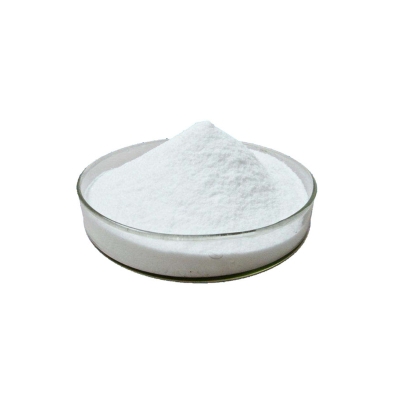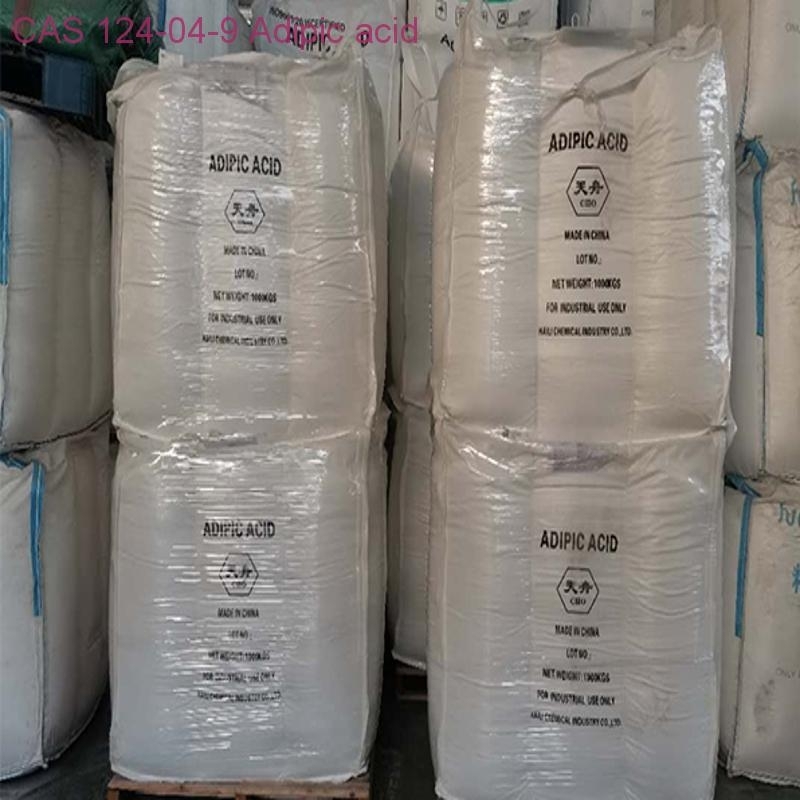-
Categories
-
Pharmaceutical Intermediates
-
Active Pharmaceutical Ingredients
-
Food Additives
- Industrial Coatings
- Agrochemicals
- Dyes and Pigments
- Surfactant
- Flavors and Fragrances
- Chemical Reagents
- Catalyst and Auxiliary
- Natural Products
- Inorganic Chemistry
-
Organic Chemistry
-
Biochemical Engineering
- Analytical Chemistry
-
Cosmetic Ingredient
- Water Treatment Chemical
-
Pharmaceutical Intermediates
Promotion
ECHEMI Mall
Wholesale
Weekly Price
Exhibition
News
-
Trade Service
Pyridoxine hydrochloride, also known as vitamin B6, is a water-soluble vitamin that is essential for many bodily functions.
It is commonly used in the chemical industry as a catalyst in the production of various chemicals and plastics.
Pyridoxine hydrochloride is typically produced through a fermentation process using microorganisms such as bacteria or yeast.
The microorganisms are fed a source of carbon, such as sugar or starch, and a nitrogen source, such as ammonium salts.
As the microorganisms ferment the carbon and nitrogen sources, they produce pyridoxine hydrochloride as a byproduct.
The pyridoxine hydrochloride is then extracted from the fermentation broth and purified to produce a pure form of the vitamin.
In the chemical industry, pyridoxine hydrochloride is used as a catalyst in the production of a variety of chemicals and plastics.
For example, it is used in the production of polyester resins, which are used in the manufacture of plastics and fibers.
Pyridoxine hydrochloride helps to speed up the reaction time and increase the yield of the final product.
It is also used in the production of caprolactam, which is used in the production of nylon.
Pyridoxine hydrochloride helps to improve the stability of the reaction mixture and increase the yield of caprolactam.
Additionally, pyridoxine hydrochloride is used as a catalyst in the production of herbicides, insecticides and other agricultural chemicals.
Due to its ability to catalyze many chemical reactions, pyridoxine hydrochloride is a valuable chemical in the production of a wide range of products.
However, it is important to note that it should be handled with care and only used by trained professionals, as it can be toxic in high concentrations.
It is also important to note that the use of pyridoxine hydrochloride as a catalyst in the production of chemicals and plastics have some negative impact on the environment, as it can pollute the water and soil.
Therefore, it is important to implement the proper treatment and disposal of waste generated during the production process.
In conclusion, Pyridoxine hydrochloride is a water-soluble vitamin that is essential for many bodily functions.
It is also widely used in the chemical industry as a catalyst in the production of various chemicals and plastics.
Its ability to catalyze many chemical reactions makes it a valuable chemical in the production of a wide range of products.
However, it is important to handle it with care and implement the proper treatment and disposal of waste generated during the production process to minimize its negative impact on the environment.







